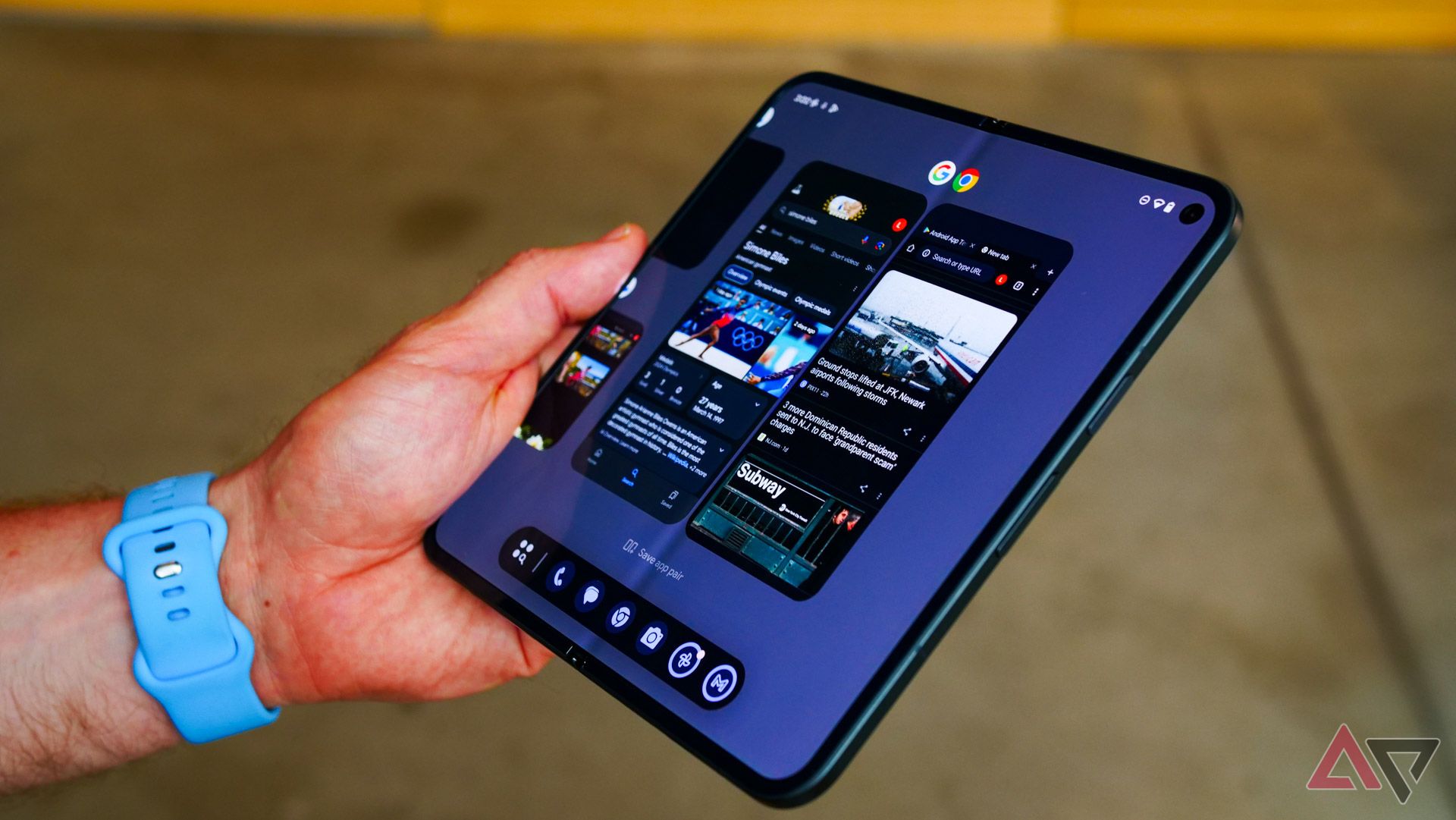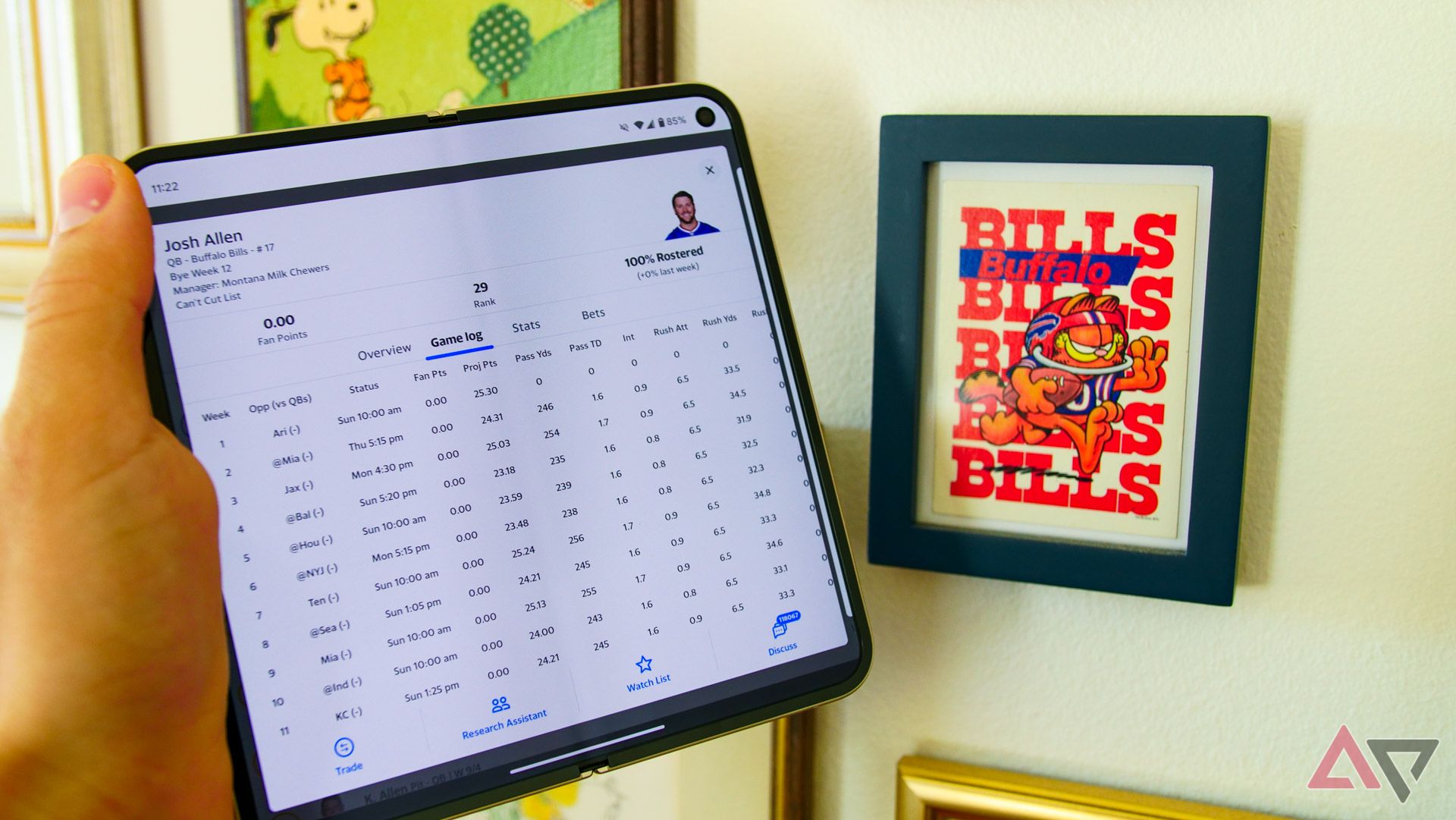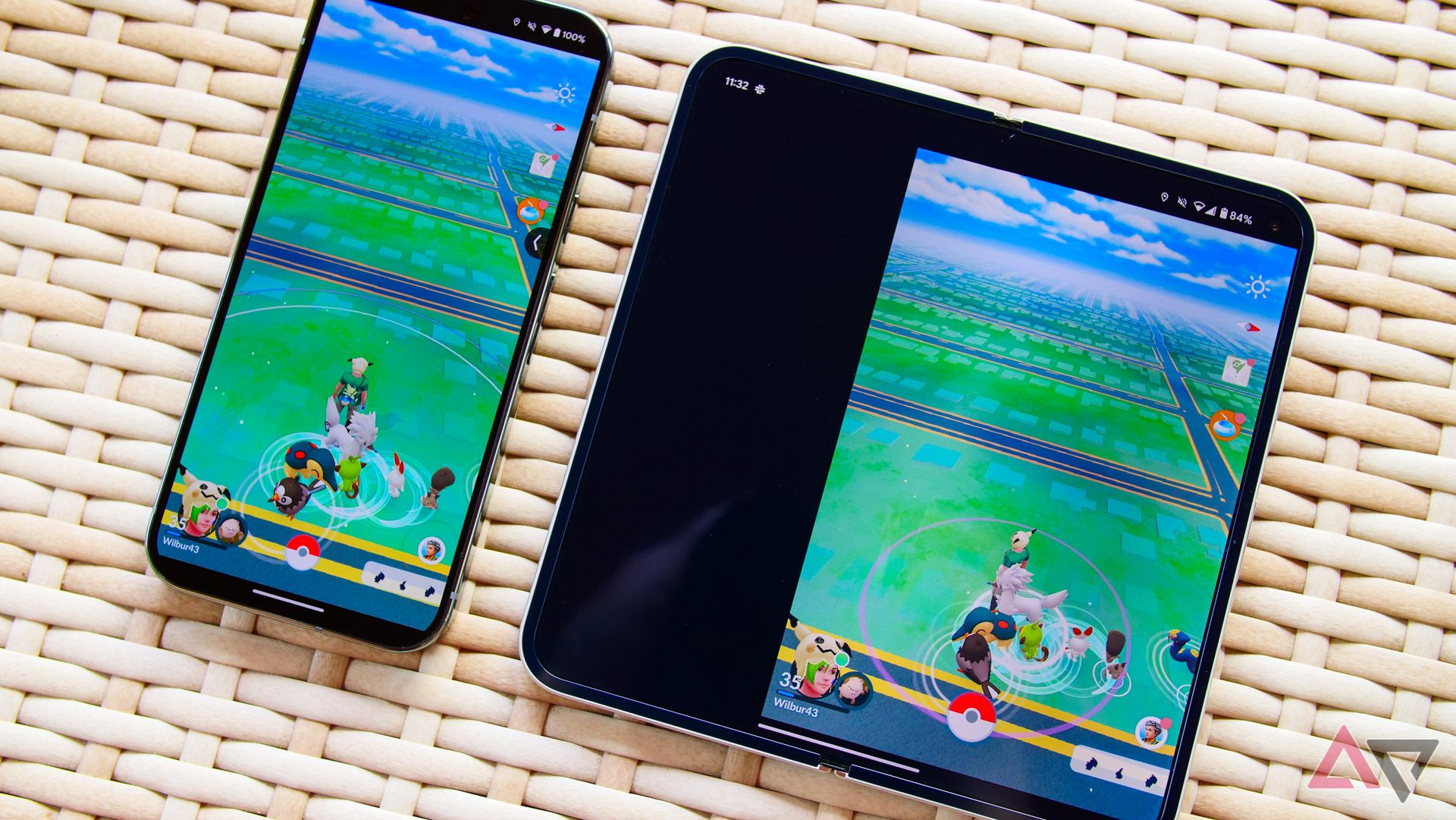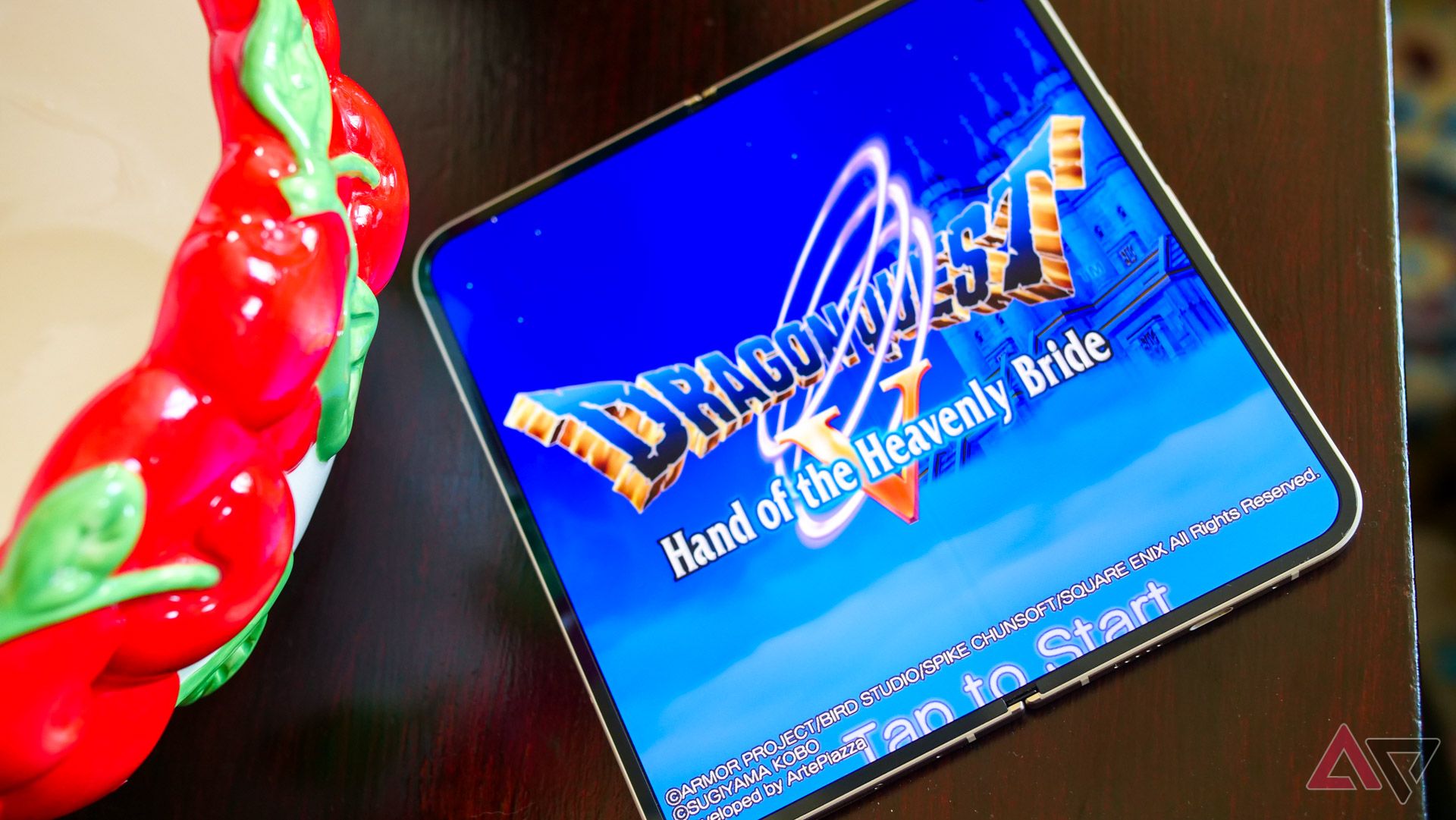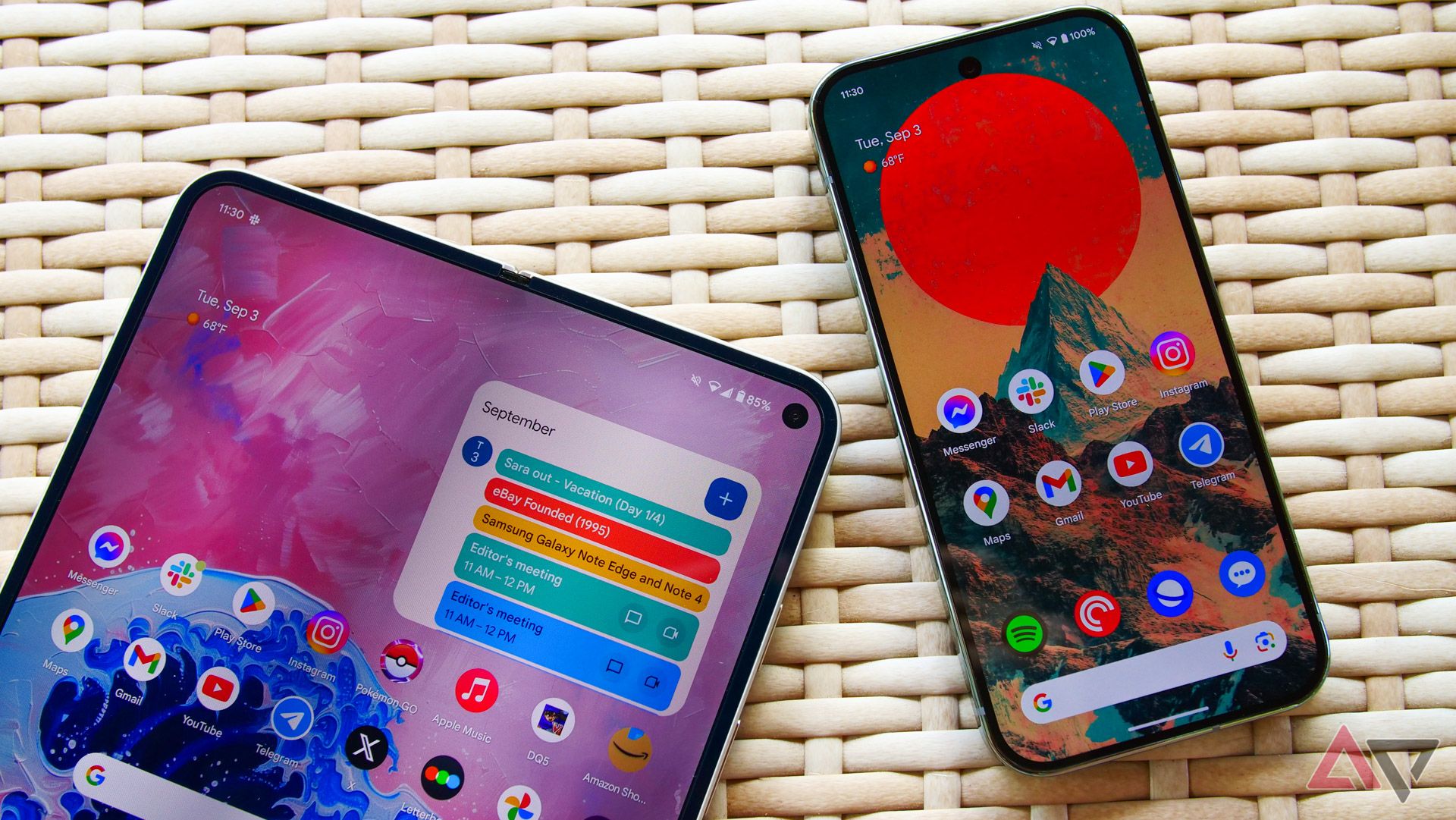Since the Galaxy Z Fold 4 burst onto the scene two summers ago, I’ve used every big-screen foldable sold here in the States. I’ve jumped between Samsung, Google, and OnePlus, comparing what these companies got right and wrong on their respective hardware, and by the end of 2023, it felt like we had achieved some kind of status quo. Samsung remained the default favorite, having traded innovation for a reliable, known experience, while OnePlus felt like the underground hit with tech reviewers that, unfortunately, would likely struggle to convince anyone to swap out of their ecosystem of choice.
Then there was Google. I walked away from the Pixel Fold utterly disappointed, both with the hardware and the software. The productivity-first angle that most foldable manufacturers take with their Android skin brushed up against the Pixel’s clean-and-pristine philosophy in an incredibly awkward way, while the poor inner panel and heavy weight made the entire device feel like it was a beta product that accidentally landed on shelves. Compared to Samsung and OnePlus, it was incredibly difficult to recommend the Pixel Fold to anyone outside early adopters and Android enthusiasts — and even then, only if you really wanted a piece of history.
Perhaps that’s why Google decided against naming its latest foldable the Pixel Fold 2. In nearly every way, the Pixel 9 Pro Fold feels like its own thing, the product that the Pixel team likely wanted to release last year. Gone is the awkward wide aspect ratio, the poor hinge that failed to properly unfold to 180-degrees, and the main display panel that felt like a prototype in the worst way. Instead, what we’re left here is a phone that feels ready to make foldables something a little more mainstream. I just wish the software experience would catch up.
With the Pixel 9 Pro Fold, it’s an elevation in hardware and software
The original Pixel Fold desperately needed app pairs
It’s hard to understate the jump in quality between generations here. Unlike with the original Pixel Fold, I don’t grimace every time I unfold the Pixel 9 Pro Fold, nor do I struggle to type on its outer 6.3-inch display. Practically everything from the (nearly) all-matte finish to the relatively balanced design on a table feels right this time around. It’s enough to make me wonder why Google bothered releasing the first Pixel Fold as anything other than a Nexus-esque developer device. In retrospect, that was about all it was good for.
Although this is — by my count — the sixth big-screen foldable I’ve used as a daily driver, I’m still working on figuring out what applications are worthy of the main display. It’s a problem I’ve faced with most of these devices, and I’m sure I’m not alone. It’s a bit of a learning curve, to take what you usually do on your smartphone and essentially port it over to a tablet-like display with a unique aspect ratio. The nearly 1:1 display here can both help and hurt in that regard, and it all depends on what app you’re starting up.
Unsurprisingly, the main screen works best in two scenarios: when you want to make something look extra big, and when you have a lot of data on-screen. The former is the easier of the two to explain. Movies, YouTube videos, photos — basically, when it comes to looking at most forms of media, you’ll want the Pixel 9 Pro Fold’s 8-inch main panel. As for data, that can be anything from a web page (assuming your mobile browser actually defaults to the desktop experience, which isn’t a guarantee) to fantasy football stats during a draft.
But, in fact, that example actually works best for what Google likely wants you to use this display for: app pairs. Unlike on the original Pixel Fold, app pairs can now be saved directly to your home screen or in the dock, making it easy to jump into however you like to multitask. I’ve always found this handy for putting together shopping lists from recipes online, or price comparing between two different stores, but I’m finally starting to find use cases out of simply “consuming,” too.
In fact, I might owe my (on paper, at least) excellent fantasy football draft experience to the Pixel 9 Pro Fold. Unlike the rest of my season-long rivals, I used my foldable to keep some prepared notes and cheat sheets on one side of the display, while browsing through available player options and stats on the other. The result was an A+ draft score according to Yahoo’s fantasy app, something I’ve certainly never achieved before. Though, in retrospect, drafting Daniel Jones likely didn’t help my rating last year.
Using a foldable still requires some planning on your part
Which screen is best for which app?
I think it’s these experiences that Google wants you to have with its $1,800 smartphone. While I find it frustrating that the company behind Android seems unwilling to think a little more outside the box on what a foldable experience should feel like — certainly not in a way I think OnePlus and Samsung have, at least — part of this really comes down to an expectation problem. The Pixel 9 Pro Fold, like the Pixel Fold before it, isn’t trying to replace your computer. It’s trying to put the power of two smartphone displays into a single device.
Thankfully, the outer screen works perfectly for when I don’t want to think about which apps pair well together. It’s effectively the same exact panel we recently praised on the regular Pixel 9, right down to its resolution and peak brightness. If you’re ever frustrated with how apps scale on the interior screen, you’ll be thrilled to know a modern smartphone display is found right on the front of the phone.
And boy, will you find some frustration. I might be getting better at finding great uses for the Pixel 9 Pro Fold’s main display, but that doesn’t mean foldables are a perfected product category just yet. Too many times, I’m still finding situations where I want to use this 8-inch panel, only to be met with disappointment when the $1,800 device in my hands fails to scale an application properly. This happens particularly with games; Pokemon Go remains unplayable on the main screen here, as does the mobile port of Dragon Quest V I picked up on a whim last week.
I don’t want to hold Google’s feet too close to the fire here. This is a problem that every foldable faces, and Google has caught up to its competition by pairing much-improved hardware with tools like app pairs to help make things feel just a little more put-together.
But Google isn’t just a hardware manufacturer — it’s also the company responsible for pushing Android development forward, and just as with tablets a decade ago, we’ve seen practically every effort fail to make things seamless. Android 12L and Android 13 were both sold on the merits of improving big screen experiences. Now, on the cusp of Android 15’s launch next month, I’m still sitting here forced to think about what screen I’m using whenever I launch an app.
If you’ve been waiting for a foldable, this one might be it
But it might not be enough for power users
To most people considering the Pixel 9 Pro Fold, though, this is probably fine. Foldables have always been about trade-offs, and considering how thin and (seemingly) durable Google’s managed to make this particular device, those trade-offs are starting to dwindle. My earliest days with the Pixel 9 Pro Fold seem to promise a surprisingly rock-solid experience. Great displays, decent battery life, some smart software optimizations — it’s as polished as one could hope for after the original Pixel Fold.
I’ll continue to hold out hope for the day when I can open any app on this 8-inch panel without worrying it’ll work properly, something that might take a company as large as Apple finally getting into the foldable game. Until then, though, I’m left with a particularly exceptional piece of hardware and a world full of potential app pairs that might make my life just a little bit better.
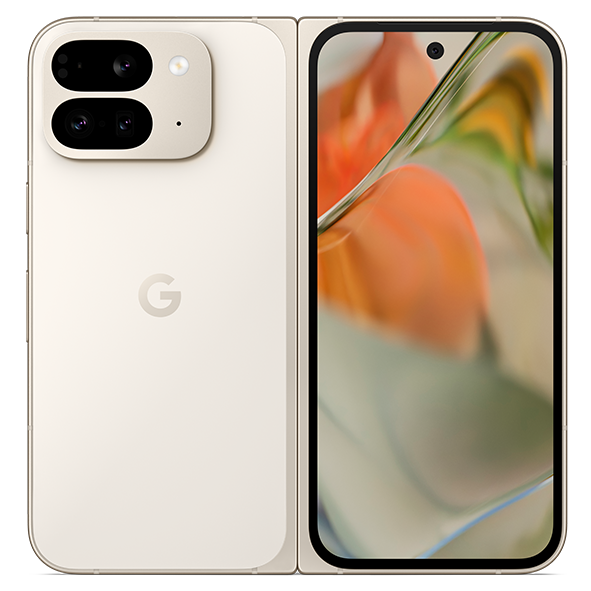
Google Pixel 9 Pro Fold
Google’s foldable series has a new name. The successor to the 2023-released Pixel Fold is the Pixel 9 Pro Fold, starting at $1,800. It boasts a bigger eight-inch Super Actua inner display, paired with a 6.3-inch outer display, and is powered by Google’s new Tensor G4 chipset. Paired with 16GB of RAM, it’s significantly faster — and more power-efficient — than its predecessor.
Source link
